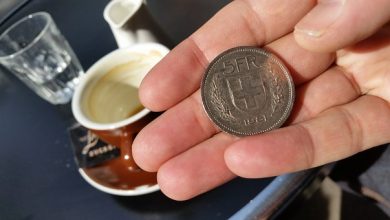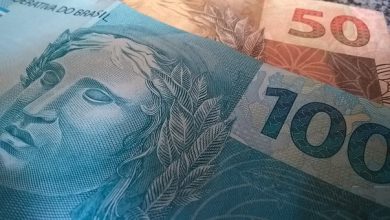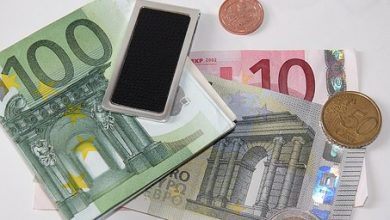Departmental Expense Analysis Sheet: Departmentalization of factory overhead requires that each expense be charged to a department as well as to a specific expense account. Such charges are collected on departmental expense analysis sheet. This form, used for both producing and service departments, is partially reproduced above.
In this form, each column represents a certain class of factory over-head that will be charged to the department. For example, the column coded 411 represents supervisors and foremen, 412 represents indirect labor, and so forth. Entries to departmental expense analysis sheet are facilitated by combining department numbers and expense codes. A code such as 1412 indicates that Department No. 1 (Cutting) is charged with indirect labor (Code 412). Similar combinations are used for other departments. The chart of accounts establishes the codes.
The subsidiary ledger must also include a sheet for each indirect factory expense not originally charged to a department so that the total of the subsidiary overhead ledger will equal the total in the factory overhead control account.
Steps and Procedures at End of Fiscal Period. The steps and procedures at the end of the fiscal period are
1. Prepare a summary of the actual direct departmental factory overhead of producing and service departments.
2. Prepare a second factory survey based on the actual data experienced during the year.
3. Allocate actual indirect factory overhead to producing and service departments based on the results of the factory survey at the end of the year.
4. Distribute actual service department costs on the basis of the end-of- the-year factory survey.
5. Compare actual total and departmental factory overhead with the total and departmental factory overhead applied to jobs and products during the year, and determine the total and departmental over- or under applied factory overhead. The steps and procedures at the end of the fiscal period should be remembered.




